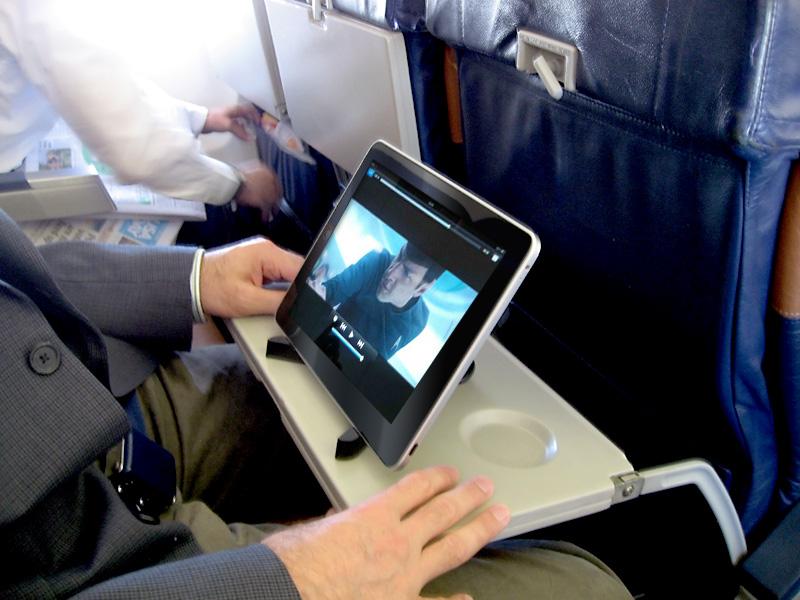We reported earlier this year that the U.S. Federal Aviation Administration (FAA) was continuing their look into the use of personal electronic devices during taxi, takeoff, and landing phases of commercial flights. Now, Bloomberg says the airline industry remains divided over whether restrictions on the devices during those phases should be relaxed, as reports continue to surface of possible interference between the devices and aircraft electronics.

Bloomberg, via MacRumors:
The regional airliner was climbing past 9,000 feet when its compasses went haywire, leading pilots several miles off course until a flight attendant persuaded a passenger in row 9 to switch off an Apple Inc. iPhone.
“The timing of the cellphone being turned off coincided with the moment where our heading problem was solved,” the unidentified co-pilot told NASA’s Aviation Safety Reporting System about the 2011 incident. The plane landed safely.
Due to reports like this, some pilots and airlines remain concerned over the potential impact of such devices on their aircraft. The International Air Transport Association has collected a list of 75 suspected cases of interference that were reported between 2003 and 2009. Airlines are continuing to receive such reports, although some still remain in favor of relaxing regulations.
Delta Airlines, which has argued in the past for relaxation of the rules, told the U.S. Federal Aviation Administration its pilots and mechanics reported 27 suspected incidents of passenger electronics causing aircraft malfunctions from 2010 to 2012. The airline said it couldn’t verify there was indeed interference in any of the cases.
The airline industry has been divided over the issue, with Delta saying it welcomes more electronics use because that’s what its passengers wanted, with United Airlines stating it preferred no changes because they’d be difficult for flight attendants to enforce.
Increased connectivity in the air via in-flight Wi-Fi, pilots using iPads to replace traditional flight bags, and consumer demand for increased access to electronic devices during flight has continued to increase the debate over whether such devices pose risks during critical phases of commercial flights.


